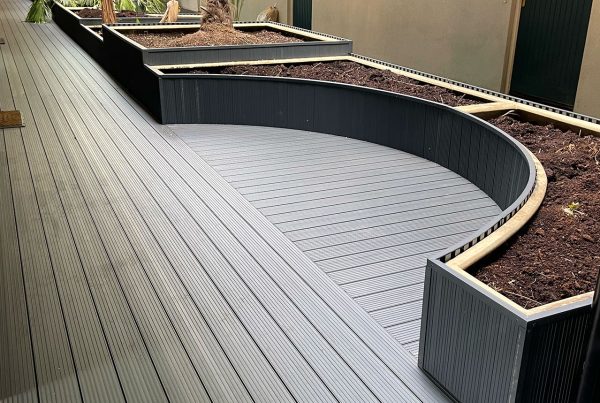At Alu Installations, we understand the growing need for commercial properties to be energy-efficient. One of the most effective ways to achieve this is by using aluminium cladding. With its durability, modern appearance, and environmental benefits, aluminium cladding has become famous for building exteriors. However, beyond aesthetics, it plays a significant role in reducing energy consumption in commercial properties.
Understanding Aluminium Cladding
Aluminium cladding involves covering a building’s exterior with aluminium panels, which act as a protective layer. These panels are lightweight yet incredibly robust, capable of withstanding harsh weather conditions while enhancing the overall look of a building. In the commercial sector, cladding is often chosen for its low maintenance requirements and long lifespan. But it’s not just about looks—aluminium cladding also provides substantial energy efficiency benefits.

The Science Behind Energy Efficiency
At its core, energy efficiency is about reducing the energy required to maintain a building’s comfort levels. This often translates to reducing the use of heating and cooling systems for commercial properties. Buildings lose significant energy through walls, windows, and roofs. Adding an extra layer of protection with aluminium cladding can help commercial properties retain heat in the winter and keep interiors cool in the summer, thereby reducing energy costs.
Critical Benefits of Aluminium Cladding in Energy Efficiency
Aluminium cladding contributes to energy efficiency in several key ways. First, it acts as a barrier, preventing heat from escaping during colder months and reducing the amount of heat entering during hotter months. This ensures that less energy is used to maintain the building’s internal temperature. Second, aluminium’s reflective properties mean that it can bounce sunlight away from the building, reducing the need for air conditioning in warmer weather.
Thermal Insulation and Reduced Heat Loss
Insulation is one of the most important factors in a building’s energy performance. Poorly insulated buildings allow heat to escape, increasing the need for heating and raising energy consumption. Aluminium cladding enhances the building’s insulation, trapping heat inside, and reducing the amount of energy needed to maintain a comfortable indoor environment. Our cladding systems at Alu Installations are designed with this in mind, helping to minimise heat loss and lower energy bills.
The Role of Reflective Surfaces
Aluminium cladding’s ability to reflect sunlight is a game-changer for energy efficiency. Commercial properties, especially in regions with intense sunlight, can absorb a lot of heat. This leads to increased reliance on air conditioning to keep interior spaces cool. Aluminium cladding reduces this effect by reflecting much of the sun’s rays away from the building. The less heat absorbed, the less cooling is needed, resulting in lower energy consumption. This is particularly beneficial for large commercial properties where cooling costs can be substantial.

Weather Resistance and Durability
In addition to its thermal benefits, aluminium cladding protects commercial buildings from external weather elements, contributing to energy inefficiency. Strong winds, heavy rain, and extreme temperatures can all cause damage to a building’s exterior, leading to drafts and energy loss. Our aluminium cladding systems are designed to be weather-resistant, offering a sturdy shield against the elements. This protection not only improves energy efficiency but also extends the lifespan of the building, reducing the need for costly repairs and energy-intensive maintenance work.
At Alu Installations, we ensure that our cladding systems are fitted with precision, maximising their insulating properties and weatherproofing benefits. This reduces energy consumption and creates a more comfortable environment for occupants.
Conclusion
At Alu Installations, we believe that aluminium cladding is not only an intelligent aesthetic choice but a practical one, particularly when it comes to improving energy efficiency in commercial properties. By offering superior insulation, reflecting sunlight, and providing durable protection against the elements, aluminium cladding helps reduce energy consumption significantly. This translates into lower energy bills and a reduced carbon footprint, making it an ideal solution for any commercial building looking to improve its energy efficiency.
If you want to learn more about how aluminium cladding can transform your commercial property’s energy performance, contact us today.




